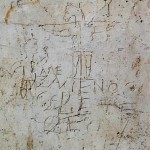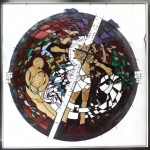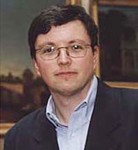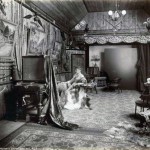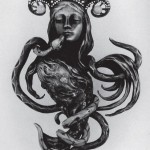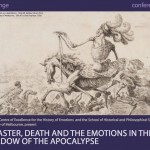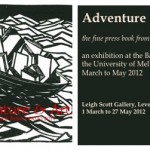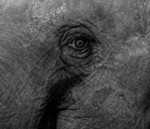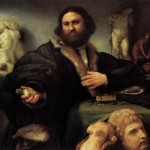
Possessions and sacred signs in the art of Lorenzo Lotto (1480-1556) Paul Hills, Courtauld Institute of Art Active in northern Italy in a period when the function of sacred images was challenged by reformers, Lorenzo Lotto (c.1480-1556/7) was a painter who was inventive in recasting religious imagery. This lecture will argue that Lotto’s career sheds a vivid light on the shifting relation between authorship, ownership and devotion in Early Modern Italy. Moving between religious subjects and portraiture, Lotto suggests an enfolding of the self within the dwelling place of garments. All manner of textiles, including fashionable clothes and furnishings, are displayed as tokens personal possession, yet at the same time Lorenzo Lotto discovers domestic equivalents – in towels, handkerchiefs, and shawls – for the vestments of religious ritual. Paul Hills studied the History of Art at the University of Cambridge…


